Nikon Keymission 360 Preliminary Review
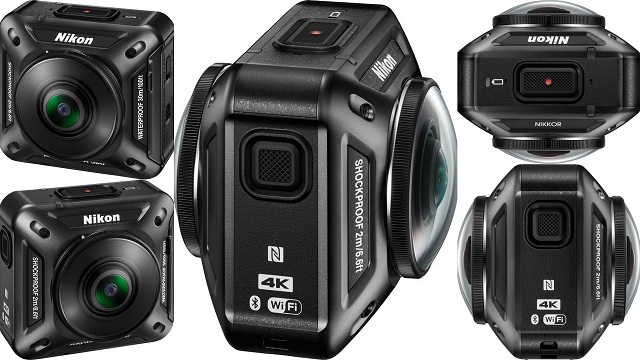
In this post, I will discuss my preliminary review of the Nikon Keymission 360 after having used it for a week, based on my experience with having owned several other 360 cameras, and having shot with 360 cameras almost exclusively for the past 18 months. I have tried to cover everything relevant but I haven’t used it extensively yet, so there could be problems or workarounds that I haven’t discovered.
Want to Know What Virtual Reality Might Become? Look to the Past
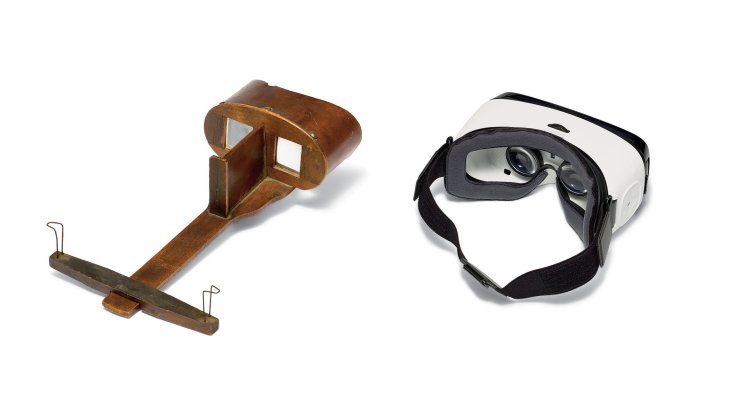
The Scottish scientist David Brewster was one of those 19th-century characters with no real equivalent today. An ordained minister in the Church of Scotland, he took an early interest in astronomy and became for a time one of the world’s leading experts on the science of optics. He also harbored a great fondness for popular amusements, and at some point in the early part of the century, he began frequenting a theatrical horror show in the West End of London called the Phantasmagoria. He went in part as a debunker, a skeptic hoping to reveal the secret craft behind the spectacle. But he also sensed that something profound was lurking in the trickery. He suspected that the showmen were exploiting some intrinsic quirks in the human sensory system — perhaps, he hoped, rendering them more intelligible to the scientist. Brewster called the world of scientifically produced illusion “natural magic.”
This is what makes me so excited about VR at the moment

It’s been a great month for VR!
We’ve seen some amazing announcements and demos that give us confidence that VR is really here to stay this time. The key in mass adoption is a mix between affordable, high quality hardware and compelling content. Nobody knows when the VR mass adoption happens, but there’s a lot coming up that makes us excited!
Will Virtual Reality Fail? Once Again?

Don’t start bashing me so soon for calling VR failure. But let’s not become the mice of our own experiments. We may end up creating a huge biased views of our creation. Let us not become victims of misplaced enthusiasm and ignore relevant facts. This is not one of those posts where we repeat past experiences or how Google Glass and 3D TV failed. We have read all of that. As is the tradition of VRCherries, we will make you aware of some facts of Virtual Reality, pitfalls ahead and what could possibly go wrong. As it happens in most such failures, the big corporations just dismisses those investments off. Those who are left sulking are the practitioners of the technology. I am sure none of you, be the developers, content creators, small time researchers and such do not wish to be left with dead investments and no clients. So exactly how should we as the VR community should tackle this issue for our own benefit?
Creating Videos with Spatial Audio for Facebook 360

Preparing videos with spatial audio for upload to Facebook requires the Facebook 360 Encoder application. The Encoder is available with the Spatial Workstation installer. Additionally, files with YouTube’s Spherical Video and Spatial Audio Metadata are supported and can be directly uploaded to Facebook 360.
The New York Times has starting releasing 360-degree virtual reality stories as daily news.

The New York Times has been releasing 360 videos for a while, the NYT VR app on Google Cardboard is a beautiful introduction to 360VR storytelling. NYT VR also released award winning “The Displaced” and motivated lots of other journalists to tell stories in VR.
“It’s time to make 360 video a part of the daily news report, as common as text or interactives,” – Meredith Kopit Levien, executive vice president and chief revenue officer at The New York Times Company.
VIRTUAL REALITY HEALTHCARE: THE NEW BREAKTHROUGH IN MEDICINE
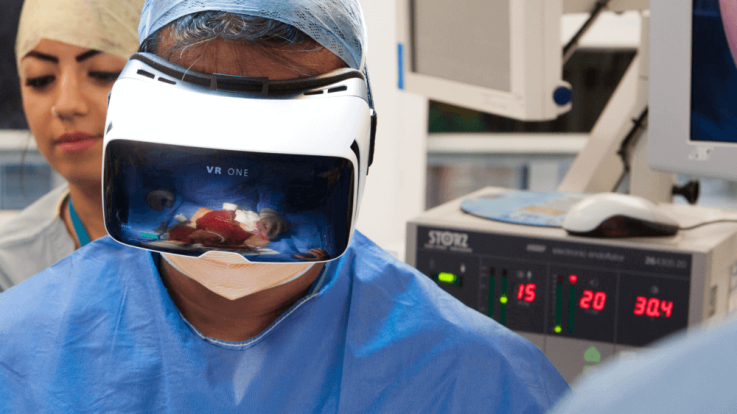
Virtual reality was first considered to be the new gaming technology. But it has proved the capability to innovate other branches of our everyday life. Besides games, it got strongly accustomed in live events, movies and TV shows streaming, design and architecture, industry and military. What is even more important, VR brings innovations to medicine, bringing the branch to a completely new level.
VR Startups: Holos is building your true home in VR

Virtual Reality is a whole new world for consumers. A world that has to be discovered from the ground up. We know how to use our computers and smartphones, but how is our workplace in VR going to look like? Where do we find and how do we start our VR apps? For our “VR Startups” series we are today speaking with Tyler and Dan from Holos, a startup that wants to find the definite answer for these questions!
Adobe updates its Creative Cloud suite of apps with focus on 3D and VR
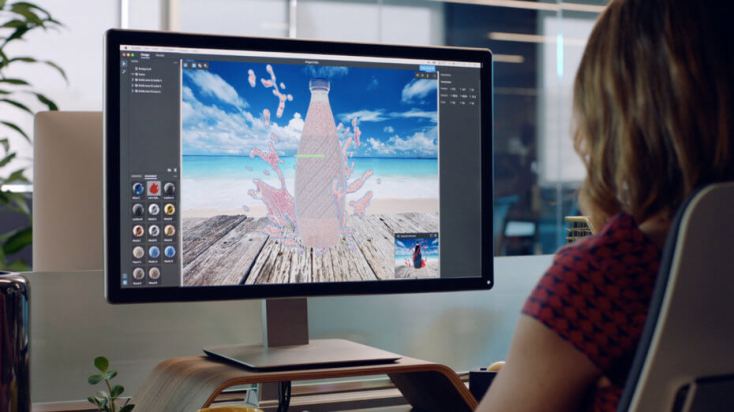
Adobe announced a flurry of updates to its Creative Cloud suite of apps and services today ahead of its MAX conference, introducing a new 3D design app called Project Felix, a font store called Typekit Marketplace, virtual reality features for the Premiere Pro video editor, three new Android apps, and a bunch of smaller updates across desktop and mobile.
USA Today launches weekly VR news series “VRtually There” with new “cubemercial” format for advertisers
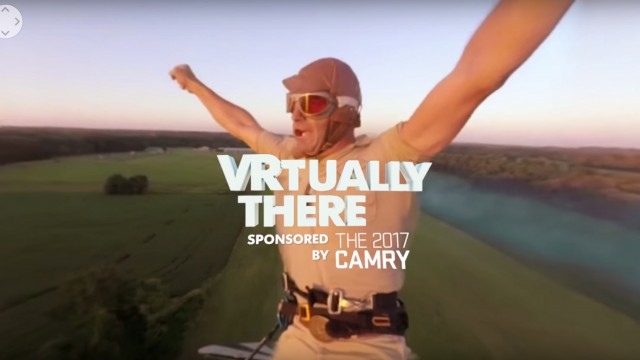
On October 27th, USA Today became one of the most prominent virtual reality content creators in the news business with the launch of a weekly VR news show, VRtually There, a collaboration between its editorial team and in-house agency, GET Creative.
L’Oréal Is Using Virtual Reality To Expand The “Matrix Academy”

Animators spent decades trying to make hair look fully realistic, until Pixar created the software used in such movies as Monsters Inc. and Brave. Now that same problem has to be solved in virtual reality.
“From our perspective, hair is the hardest possible problem,” explains 8i’s Linc Gasking. 8i specializes in modeling fine human details like eyes and fingers, but its team found hair to be particularly challenging, especially the frizzy kind.
Published











